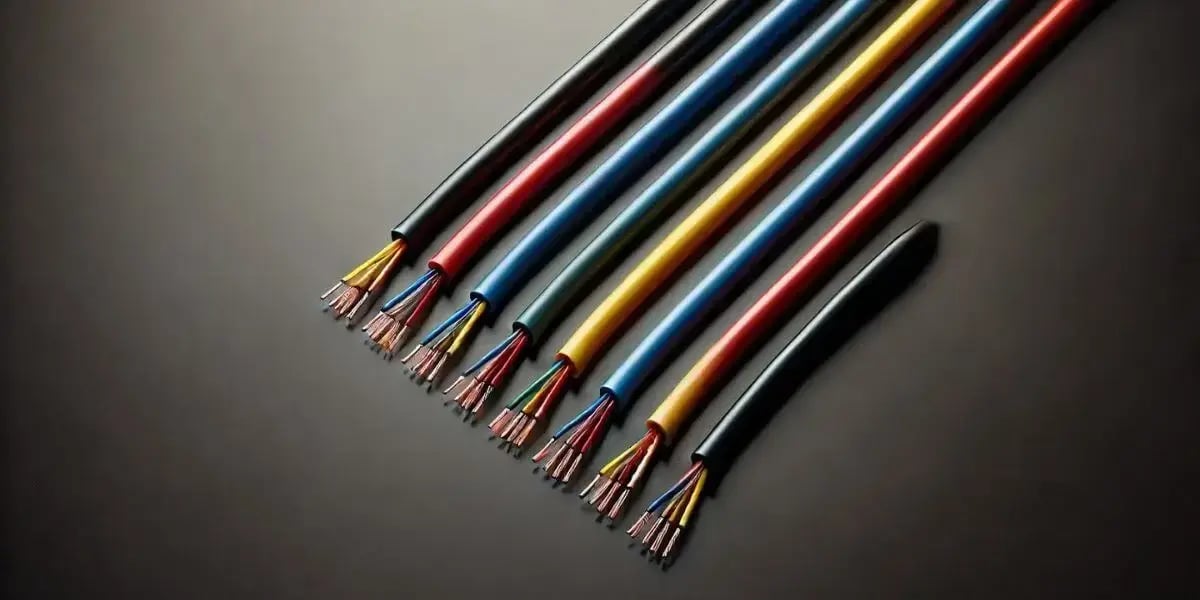Is Knob and Tube Wiring Dangerous? 3 Problems Homeowners Should Know
May 30th, 2025
4 min read

You just found out your home has knob and tube wiring—and now you’re wondering what that means. Maybe an electrician spotted it. Maybe a home inspector brought it up. Or maybe your lights have been acting strangely, and you’re finally doing some research.
Here’s the thing: knob and tube wiring isn’t just “old.” It wasn’t built for today’s power demands, and over time, it can become a serious fire and safety hazard. If you’ve got it or even think you might, you’re smart to take a closer look.
At Integra Electrical, we’ve helped thousands of Iowa homeowners make sense of outdated wiring—and we specialize in older homes like yours.
In this article, we’ll break down
- What knob and tube wiring actually is
- The three most common problems it causes
- And what you can do to protect your home and family
You don’t have to guess what’s behind your walls. We’ll help you get answers—and peace of mind.
What is Knob and Tube Wiring?
Knob and tube wiring (often called K&T) was one of the first standardized ways homes were wired in the U.S.—most common from the 1880s through the 1940s. It’s easy to spot by the porcelain knobs that support the wires and the ceramic tubes that protect them as they pass through wooden framing.
At the time, this setup was considered advanced, but it’s no longer used in modern homes. By the 1950s and 60s, knob and tube wiring was phased out in favor of safer, grounded systems.
If your home was built before 1950 and still has its original wiring, there’s a good chance some knob and tube may still be active—or hiding behind the walls. While it isn’t illegal in existing homes, it’s no longer permitted in new construction.
The 3 Most Common Problems Caused by Knob and Tube Wiring
So what’s the real issue with knob and tube wiring—besides the fact that it’s old? Let’s walk through the three biggest problems it causes in today’s homes.
It Wasn't Designed for Modern Electrical Loads
Knob and tube wiring was designed for homes in the late 1800s—and you don’t need us to tell you that today’s electrical demands are a whole different story. (How did they even survive without air fryers?!)
Back then, most homes in Iowa only needed enough electricity to power a few lights and maybe a basic appliance. Fast forward to today, and the average Iowa household uses over 12,900 kilowatt-hours of electricity a year, with demands coming from everything from smart devices to space heaters.
That kind of load can easily overwhelm an outdated system like knob and tube—leading to overheating, breaker trips, or even fire hazards.
The Solution to this Problem
The best way to know if your home’s wiring is keeping up with today’s demands is to have it professionally evaluated. A licensed electrician can test how much load your system is handling and check for signs of overheating or stress. If knob and tube wiring is still in use, the safest long-term solution is to replace those circuits with modern wiring that’s grounded, protected, and built for your family’s everyday needs.
Knob and Tube Has No Ground Wire
A grounding wire is a dedicated safety wire connected directly to the earth. It doesn’t carry electricity during normal use—instead, it provides a safe path for stray electrical current in the event of a fault (like a short circuit, a damaged wire, or even a lightning strike).
Without grounding, electricity has nowhere safe to go, increasing the risk of shocks, damaged electronics, or even electrical fires. And when you combine that with decades-old insulation that may already be breaking down, the hazards start to multiply.
The Solution to this Problem
If your home still has two-prong outlets or ungrounded circuits, it’s worth having the system inspected. In some cases, temporary protections—like GFCI outlets—can be installed to reduce risk. But for long-term safety, the most reliable solution is to upgrade the wiring to a modern grounded system that includes a dedicated ground path.
It’s Often Been DIY’d or Degraded Over Time
Knob and tube wiring might have held up for over a century—but time (and YouTube Tutorials) haven’t been kind to it. Between aging insulation and well-meaning DIY projects gone wrong, it’s no surprise that this wiring can pose serious safety risks today.
Over time, the insulation that once protected the wires can crack, dry out, or fall away completely, leaving bare conductors exposed inside your walls. On top of that, we often find old knob and tube systems that have been spliced into newer wiring by homeowners or handymen without proper training or permits. (Spoiler: that "5-minute electrical fix" probably took longer—and made things worse.)
To make matters trickier, knob and tube wiring isn’t always easy to spot. It could still be hidden behind finished walls, silently aging out of code and out of safety range.
The Solution to This Problem
Because knob and tube wiring often isn’t visible—and may have been altered without permits or inspections—the safest first step is a full-system diagnostic. A licensed electrician can use tools like thermal imaging and circuit tracing to detect hidden wiring, overheating, or unsafe connections. From there, they can help you build a plan to replace any compromised sections and bring the system up to today’s safety standards.

What Should You Do Next?
If you think your home might have knob and tube wiring—or if you’re just not sure what’s behind the walls—it’s worth taking a closer look. Electrical issues don’t always show themselves until something goes wrong, and with older wiring, time alone can be a risk factor.
The good news? You don’t have to figure it out on your own.
We recommend scheduling a safety evaluation so a licensed electrician can inspect your system, identify any concerns, and give you clear, pressure-free options based on your home’s setup.
And if you’re trying to understand what a project like this might cost, you can also get a better idea of what knob and tube replacement might cost, based on your home and project size.
You deserve to feel confident that your home is safe. Whether you're dealing with flickering lights, outdated outlets, or just a gut feeling that something’s not right, we’re here to help you get the answers you need.
Daniel Carpenter is a licensed electrician on Integra’s installation team. He got his license at just 19, but he's been around the trade his whole life. With five years on the job and a heart for helping homeowners, Daniel takes pride in doing quality work that serves the local community.
Topics:





